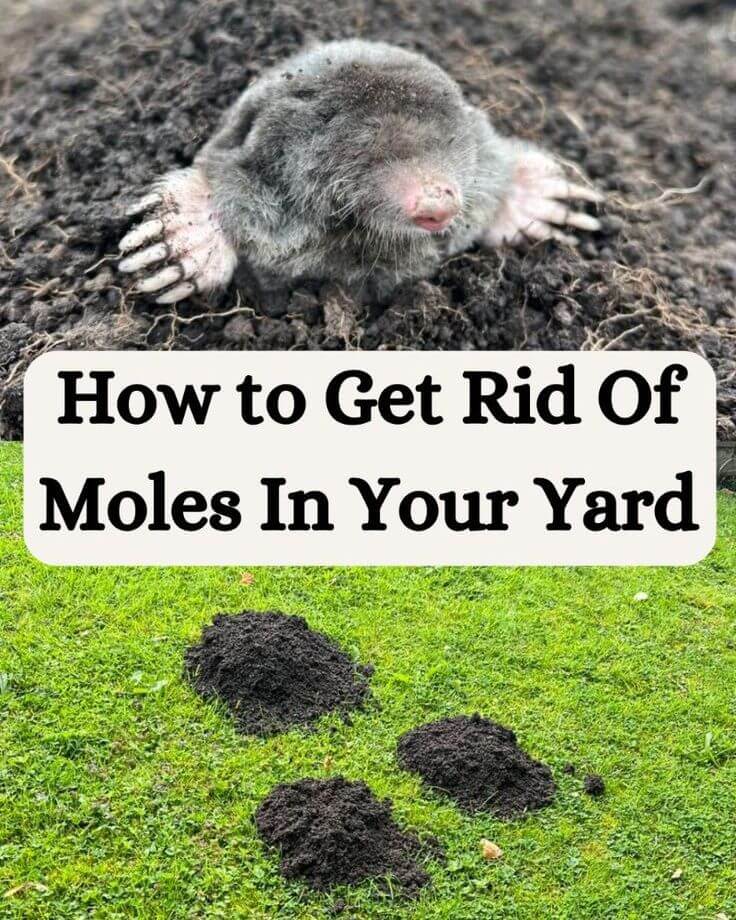Moles and voles may look harmless, but when it comes to your lawn, these tiny diggers can wreak havoc fast. In their search for food and shelter, they can turn your once-smooth yard into a mess of tunnels, mounds, and chewed-up plants. The good news? You can get rid of them before they destroy your garden—all without resorting to harsh chemicals.
Understanding the Difference Between Moles and Voles
Though their names sound almost identical, moles and voles are very different creatures. Moles are slightly larger, with long, pointed snouts and paddle-like feet made for digging. Their eyes and ears are tiny, often hidden beneath their fur. Moles aren’t interested in your plants—they only eat insects, which is why they create deep tunnels and dirt mounds as they hunt underground.
Voles, on the other hand, look more like small field mice with short tails and rounder bodies. These little plant-lovers go after the roots of grass, flowers, and vegetables, causing damage right at the base of your garden beds.
How to Tell Them Apart by the Damage
It’s actually pretty easy to figure out which pest you’re dealing with. Moles leave behind raised ridges and piles of loose soil that resemble tiny volcanoes. These are the entrances to their tunnels, which they dig while searching for insects.
Voles leave a different kind of mark. After the snow melts, you might see narrow, snaking trails across your lawn—these are vole pathways. During warmer months, they often move into gardens, hiding among thick plants while they nibble on roots and stems.
Smart and Natural Ways to Get Rid of Moles and Voles
When it comes to lawn pests, prevention is always better than cleanup. These simple, eco-friendly strategies can help you reclaim your yard and keep it that way.
1. Castor Oil Solution
Mix 6 ounces of castor oil, 2 tablespoons of liquid detergent, and 1 gallon of water, then spray the mixture evenly across your lawn. While you won’t smell a thing, moles and voles can’t stand the scent in the soil—it drives them away without harming your grass, pets, or the environment.
2. Keep Your Garden Neat
Voles love overgrown spaces where they can hide from predators. Regularly weed, trim, and clear out overgrowth to make your garden less inviting. A tidy garden not only looks great but also discourages voles from settling in and feeding on your plants.
3. Encourage Natural Predators
Nature has its own pest control system! Owls, hawks, and other birds of prey are natural enemies of moles and voles. Install perches or nesting boxes around your yard to attract these helpful hunters. It’s a simple and eco-friendly way to keep pest populations under control while supporting local wildlife.
4. Protect Your Plants
If voles are still targeting your favorite plants, use wire mesh or garden cloth cages around the base of your plants. It might not be the prettiest solution, but it’s highly effective. The barrier prevents voles from chewing through roots while still allowing your plants to grow freely.
Final Thoughts
Moles and voles can be persistent, but with a few smart strategies, you can protect your lawn and garden without using harmful chemicals. Keep things neat, use natural repellents, and invite a few feathered friends to help keep your garden balanced.
